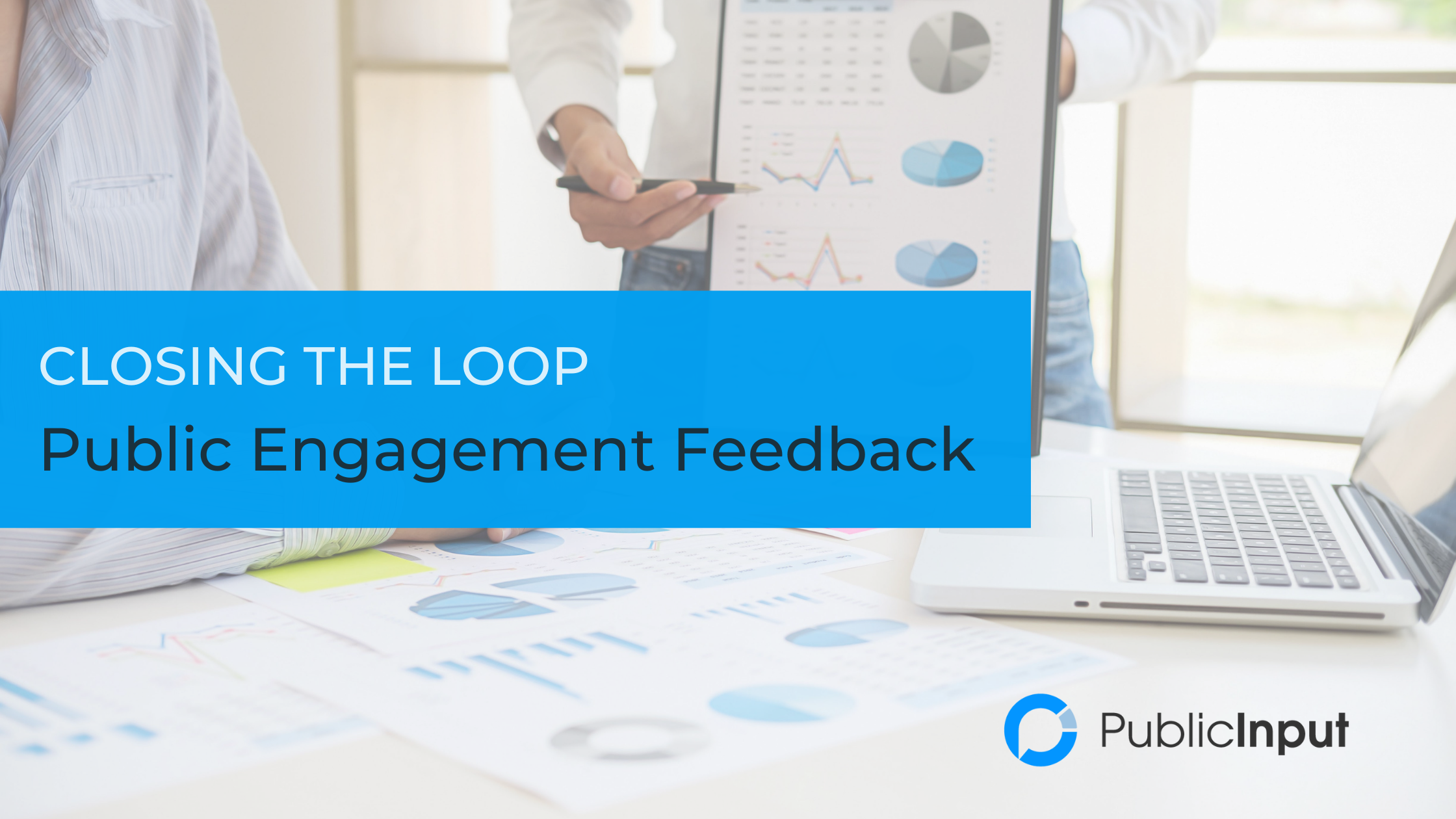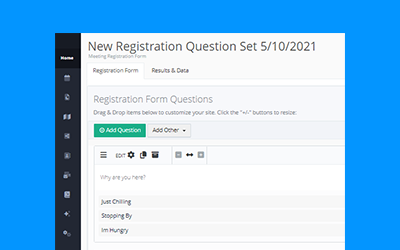Public Engagement Feedback
Installment #4 of the Effective Engagement Blog Series:
In this series, we discuss the four elements of an effective engagement strategy (outreach, input, analysis, and feedback) and how practitioners may address the post-2020 resiliency and trust building challenges associated with the ongoing change in community expectations.
In this installment we discuss how to effectively close the feedback loop, increase transparency, and validate findings in the decision making process.
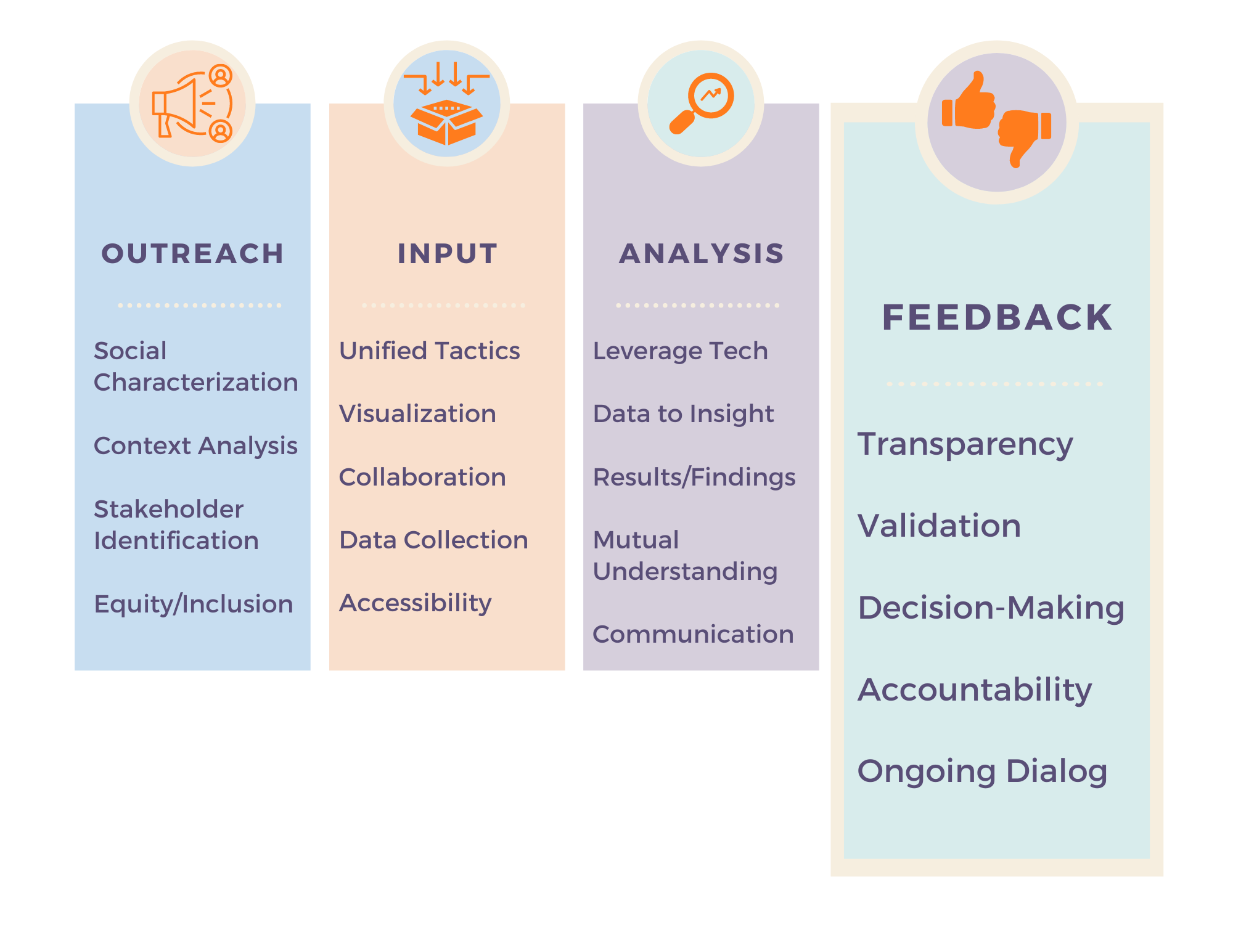
ICYMI: Read Installment #1 Outreach, #2 Input, and #3: Analysis
Closing the Loop
Soliciting feedback following an outreach push is one of the more rewarding aspects of the public engagement process. Closing the loop with a request for feedback is the best opportunity to make good on the early promises and expectations made when asking the public to contribute their thoughts and perspectives.
This process of two-way communication involves reaching out (public outreach), collecting comments and ideas (public input), and developing insights (analysis) based on what is received.
To close this loop, engagement practitioners must share the information and request feedback from both decision-makers and community members.
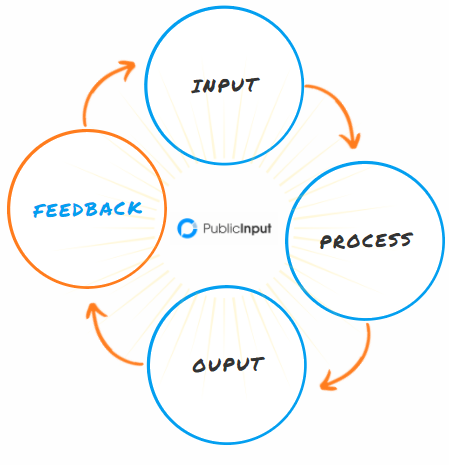
Decision-Making Transparency & Validation
Among decision-makers, feedback typically takes the form of a formal recommendation, decision, or request, but prior to this engagement practitioners may consider adding an additional layer of feedback solicitation from the broader community.
Taking the initiative to ask the community for feedback is not only about soliciting a reaction to a question, but it is also about the transparency of communicating engagement findings and how this input impacts decision-making moving forward.
Unlike the solicitation for input, this validation step request asks the community the critical questions like, did we get it right? Did we understand what you told us? What did we miss?
Upon review of the findings, the community should be able to provide feedback that validates the insights and recommendations that resulted from the engagement initiative. This validation provides another layer of accountability and understanding that will be offered to decision-makers for consideration. See example below:
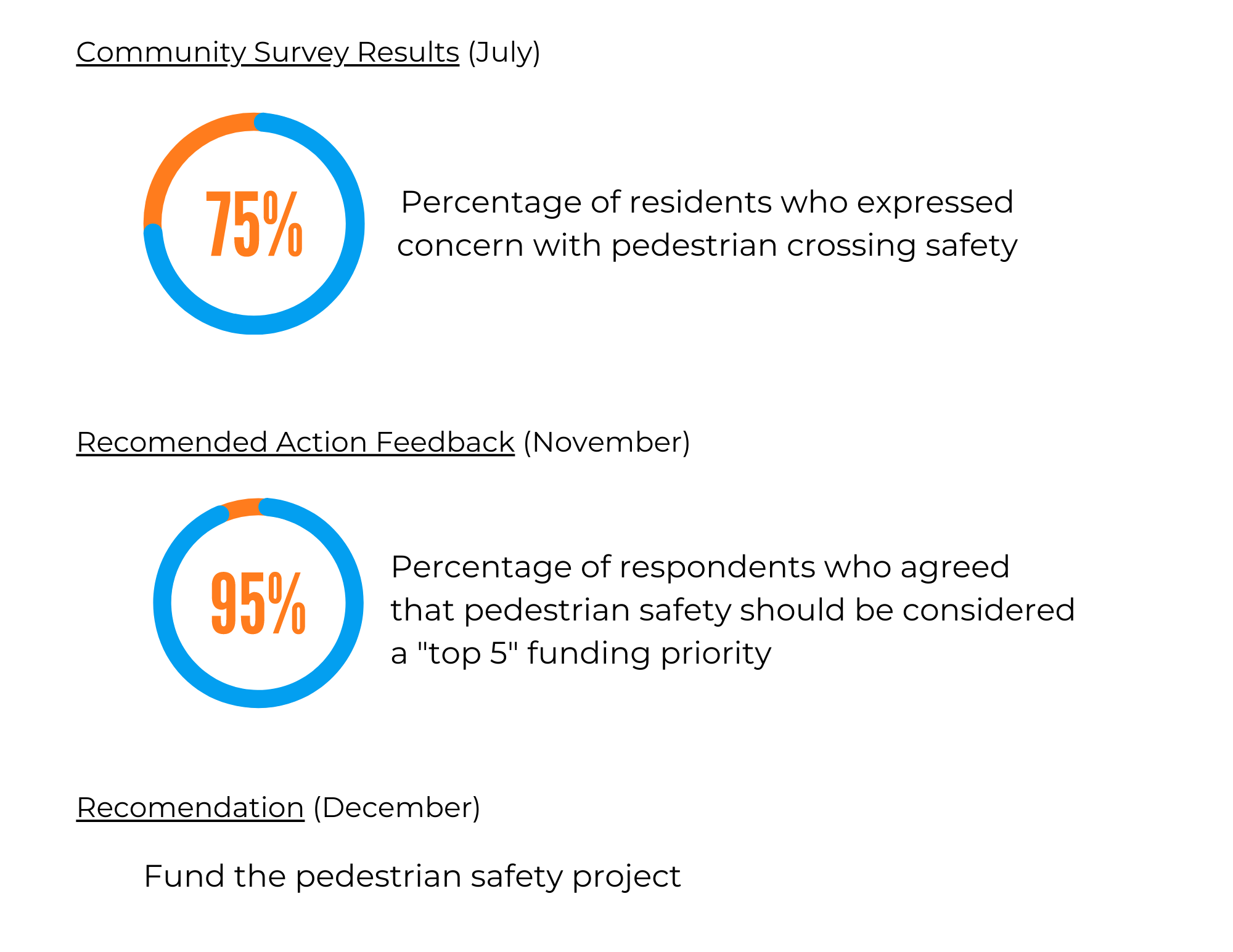
Being Accountable & Fostering Ongoing Dialog
Accountability to key decision-makers includes the responsibility to provide public input that informs the decision making process. Once the feedback has been collected and (hopefully) been validated by the community, the next step is to offer the collected information and insight to decision-makers.
Accountability to the community includes the responsibility to communicate the decisions and recommendations that may result from the decision-making process. In addition to these decisions, there is a responsibility to provide information surrounding requests for additional inquiry if adjustments or clarifications are requested.
This intentional communication stage promotes an on-going dialogue among and between decision-makers and the community that builds trust and credibility. By meeting the expectations of both parties (decision-makers and community members), engagement practitioners will close the loop on an effective engagement process, while establishing a rapport that supports future initiatives.
Want to learn more about how to streamline and successfully close the public communication loop? Schedule a chat with one of PublicInput’s experts to learn more about the PublicInput CRM.
The Public | CRM is a living dashboard that stores historical data over time and across projects. Designed to help governments move past data collection to actionable tactics, the module automatically synchronizes to develop a deeper understanding and segmentation after each interaction by:
- Storing and visualizing community contact and location data
- Offering drag-and-drop email with unlimited contacts
- Providing custom-segmented contact lists
- Automatically generating aggregated visual reports

